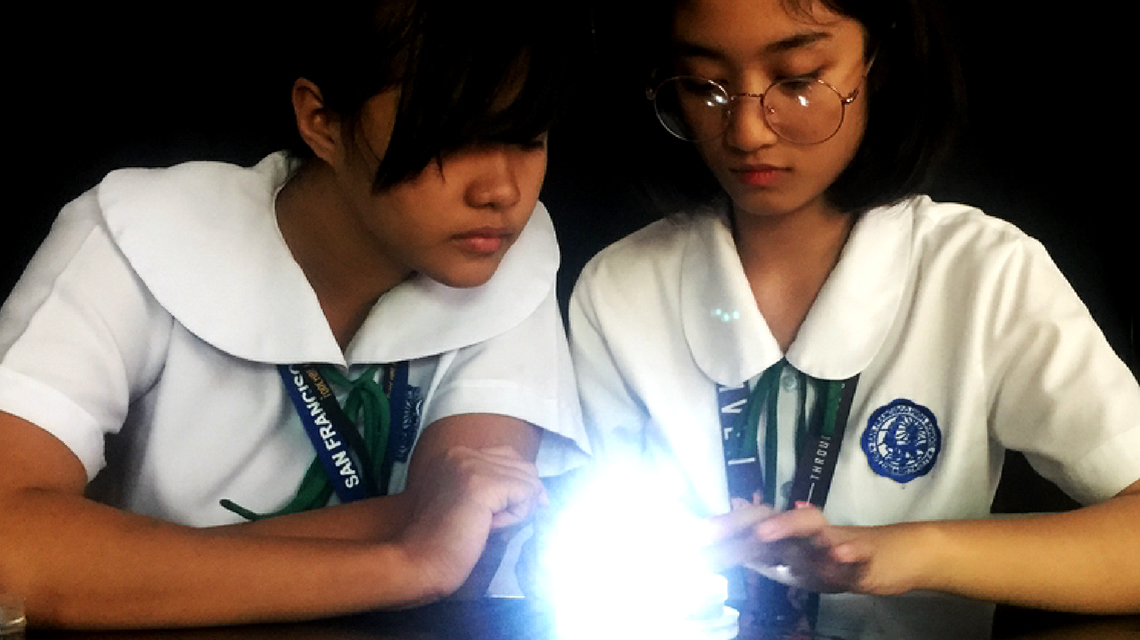The goal of WiN, a non-profit organization with 35,000 members in 109 countries, advocates for stronger roles for women in nuclear science and technology and to increase awareness of the importance of gender balance in historically maledominated fields. It also promotes these areas to women making career choices.
“While there is a growing proportion of women in senior technical positions in every branch of nuclear science and technology, women are still under-represented,” said Gabriele Voigt, President of WiN and former manager of nuclear facilities and laboratories in Germany and at the IAEA.
“Part of the problem is that too few young women study science, technology, engineering, and mathematics in secondary and higher education,” she said. “Another issue is the omnipresent glass ceiling and bias — whether conscious or unconscious — that is difficult to confront in the work environment.”
WiN is helping to change that by increasing girls’ exposure to nuclear-related topics from a young age and by building a strong network of women and creating access to role models for the next generation. Some countries, including with the help of the IAEA, are introducing nuclear science to high school students with a particular emphasis on girls.
“Presenting science, and particularly nuclear science, to girls at an early age is the best way to achieve a higher proportion of female scientists in this field,” said Micah Pacheco, regional science supervisor at the Philippines’ Ministry of Education, under whose watch several schools in the Manila area have introduced nuclear science and technology education programmes. “Nuclear is fun — girls should see that!”

